A decade ago, I was an underachieving modern-classical and ambient musician, and a voracious listener of 20th century experimental composers and composers of early electronic music. One such pioneer, a neat fit into both camps, was the New York dwelling Californian, John Cage.
Through his life, Cage would innovate a technique he called indeterminacy, where some, or all, of the composition or performance of a work may be left to chance. A source of some fascination for me, I went so far as to record my own variations on his 1956 work, Radio Music.
Recent, dramatic changes in my life, not least a return to academia to study towards a degree in photography - which itself was brought about by unexpected events - have me reflecting on the role that chance plays in street photography.
A Chance Definition
“A poor photographer meets chance one out of a hundred times and a good photographer meets chance all the time” - Brassaï
Chance, when set amidst the art of street photography, speaks to the randomness and unpredictability of what may unfold out on the street. Often, the choices we make find us in the right place at the right time, or have us missing out. Contact sheets show that before Robert Frank made his famous photo, Trolley New Orleans (1955) he was facing a parade, in the opposite direction. Had he not turned on his heel to see this chance visual depiction of segregation in the Deep South, the world would be deprived of a magnificent photograph.
Embracing the very idea of chance, that unseen force that toys with probability and possibility, is what opens the door to making authentic and engaging street photography of moments that otherwise may have gone unnoticed.
Life has Strange Serendipity
“Photography is an ambiguous challenge to chance.” - Guy Le Querrec
It is a common misconception, particularly to those new to street photography, that the masters of the art make their work with the fortune encountered in that moment by Frank. As discussed before in this newsletter, by looking through many contact sheets of other great images, it is clear there is often a path developed to the final photograph.
Nevertheless, serendipity has huge importance in practice. The chance occurrence of all elements of subject, location, light, and geometry falling into place for only a fraction of a second is something every street photographer hopes, and is looking, for. Those unexpected or unplanned moments that may never come together in quite the same form again.
Balancing Luck and Skill
“All the technique in the world doesn’t compensate for the inability to notice.” – Elliott Erwitt
When walking the city in the hopeful pursuit of such unplanned or unexpected moments, photographers must concentrate, to be alert and open to the spontaneity that comes with the unpredictable. Podcasts should be discarded, music turned off. Part intuition and part anticipation, street photography is a true sensory experience.
As Matt Stuart alludes to in his book Think Like a Street Photographer, “The harder I practice, the luckier I get,” experience brings with it an instinctual observation, always on the hunt for characters or interactions. To notice an expression or a gesture, then anticipate how the scene may play out to make the most of the opportunity, is the key. It is crucial to know the operation of the camera such that its use is automatic. In Cartier-Bresson's words, the lens becomes an extension of the eye. Click.
Happy Accidents
“Sharpness is a bourgeois concept.” – Henri Cartier-Bresson
The street is a dynamic, ever-changing place to make photographs and mishaps or mistakes will happen, however, they can often be shaped to our benefit. Though desirable, not every street photograph must be pin sharp. At times, emotion can make up for that which focus has lost. Or, a sudden change in weather brings with it a difference in light which in turn causes the mood to change - the rain comes on and people scurry for cover. A passer-by unexpectedly crosses the frame as the photo is taken, there is now accidental foreground framing giving unintended but welcome immediacy to the image. Perhaps taking a wrong turn down an unfamiliar street unveils a perfect photo opportunity. The most common of these happy accidents is when two contrasting ideas collide in an explosion of juxtaposition.
Order from Chaos
“The limitations in your photography are in yourself, for what we see is what we are.” - Ernst Haas
It is in juxtaposition that chance shows her playful side. I am sure I'm not alone when I say that some of my best photographs are momentary coincidences of wry or ironic contrast. For instance, a man, worse for wear, with an injured arm in a sling standing in front of a weathered theatre poster proclaiming There Will Be Hilarious Laughter Soon. Street photography thrives on these illustrations of humour or contrast. To make the most of opportunities such as these, the street photographer must be uninhibited and open to recognise the possibilities as they arise, and quick enough to catch them. Had I stumbled across the scene moments later to see the gentleman boarding a bus, presumably heading home, I would have certainly left town wondering if I had recently broken any mirrors.
What do you think? Has chance played an instrumental part in your photography? Do you have stories of catching a moment or just missing one? Let me know in the comments.
Digest, March 2023
In the final entry in the '5 Ws' of street photography series, I answer the question of when are the best times to pick up the camera, walk out the door, and make some photographs.
Short of time to write a planned article, I opted instead to start something I had meant to for a while. The first in a series of collections of street photography adjacent films found online. Enjoy.
If new to street photography and excited to get started, it can be difficult to decide which camera is right for you. Here are some things to think about before you buy.
This month on Shoot It With Film, I returned to street photography technique and explained how zone focusing can be an invaluable skill on the street.
John Cage makes another appearance in this newsletter, this time in a nostalgic article I wrote on the subject of silence, and Cage's music of chance.
While I'm writing a little bit about music, I found and resurrected an old blog article written in 2013 on the trials and tribulations of being a guitarist, and being a leftie.
Some Photos
Recommendations
So, subscribers following Photos, mostly since issue 1 may now be wondering where the recommendations section of the newsletter is.
After discovering some technical limitations on Substack's email length, and also receiving some welcome and complimentary feedback since the last issue; I've decided to post Photos, mostly a touch more regularly.
I will continue to publish each issue of the newsletter on the last Wednesday of every month containing the issue’s dedicated article, Some Photos, and the monthly Digest of my other articles.
As is favoured by many other monthly newsletters on Substack, I've decided to separate out the recommendations into their own mid-month post.
This will continue to include recommendations of photographers, books, music, movies, TV, games, and other interesting or inspiring things I come across. The first, will be traveling to you on the 12th April.
And Finally…
If you’ve enjoyed issue number 5, I’d be very grateful if you could subscribe, share, and recommend it to any street photography-loving friends.
This newsletter is free to read, however, I've recently left corporate life and returned to school, so if you like what I do, please consider buying me a roll of film. You can do so by clicking here, or by aiming your camera at the QR code below.
I'm partial to some of that Tri-X 400 if you're asking. Thank you!







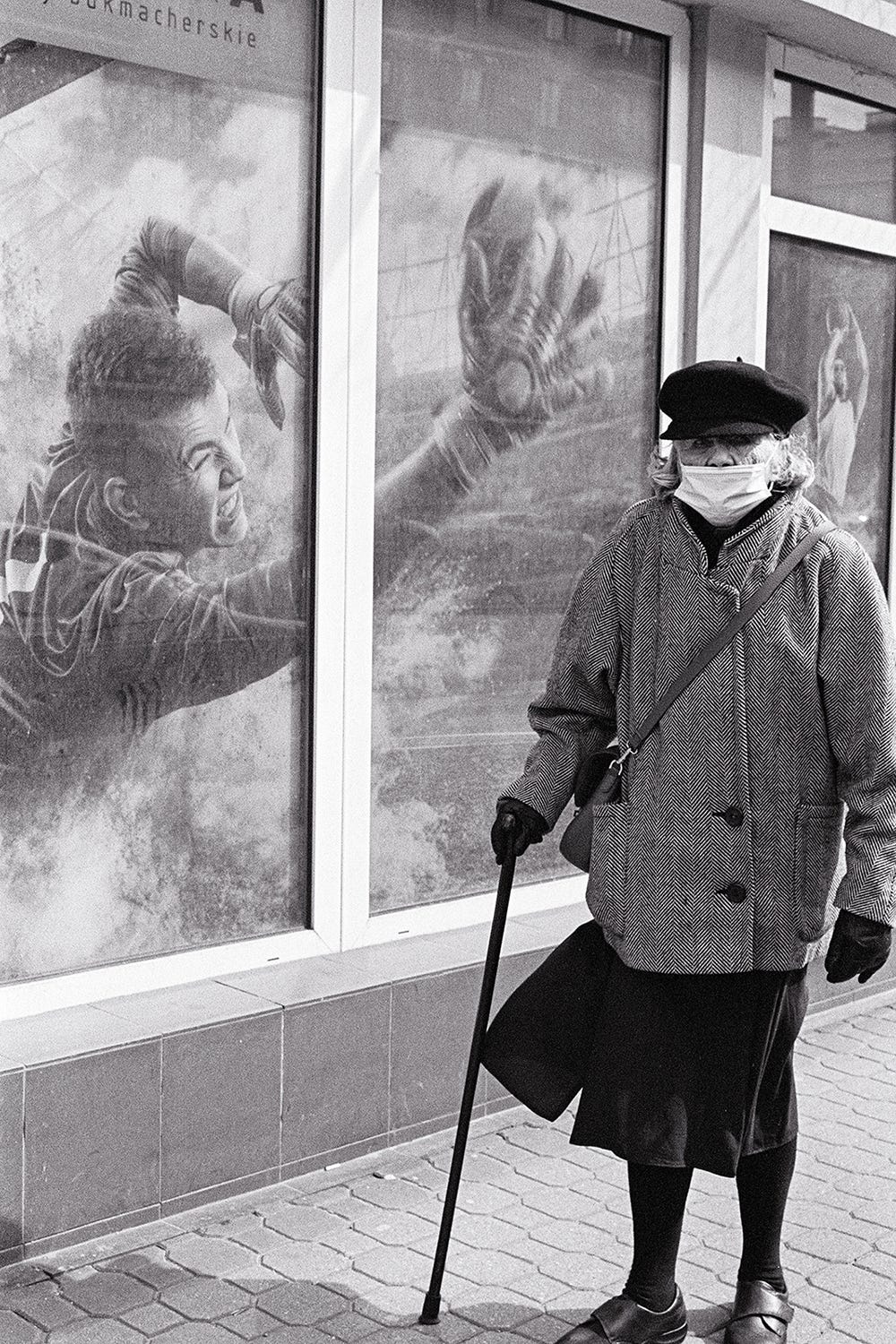

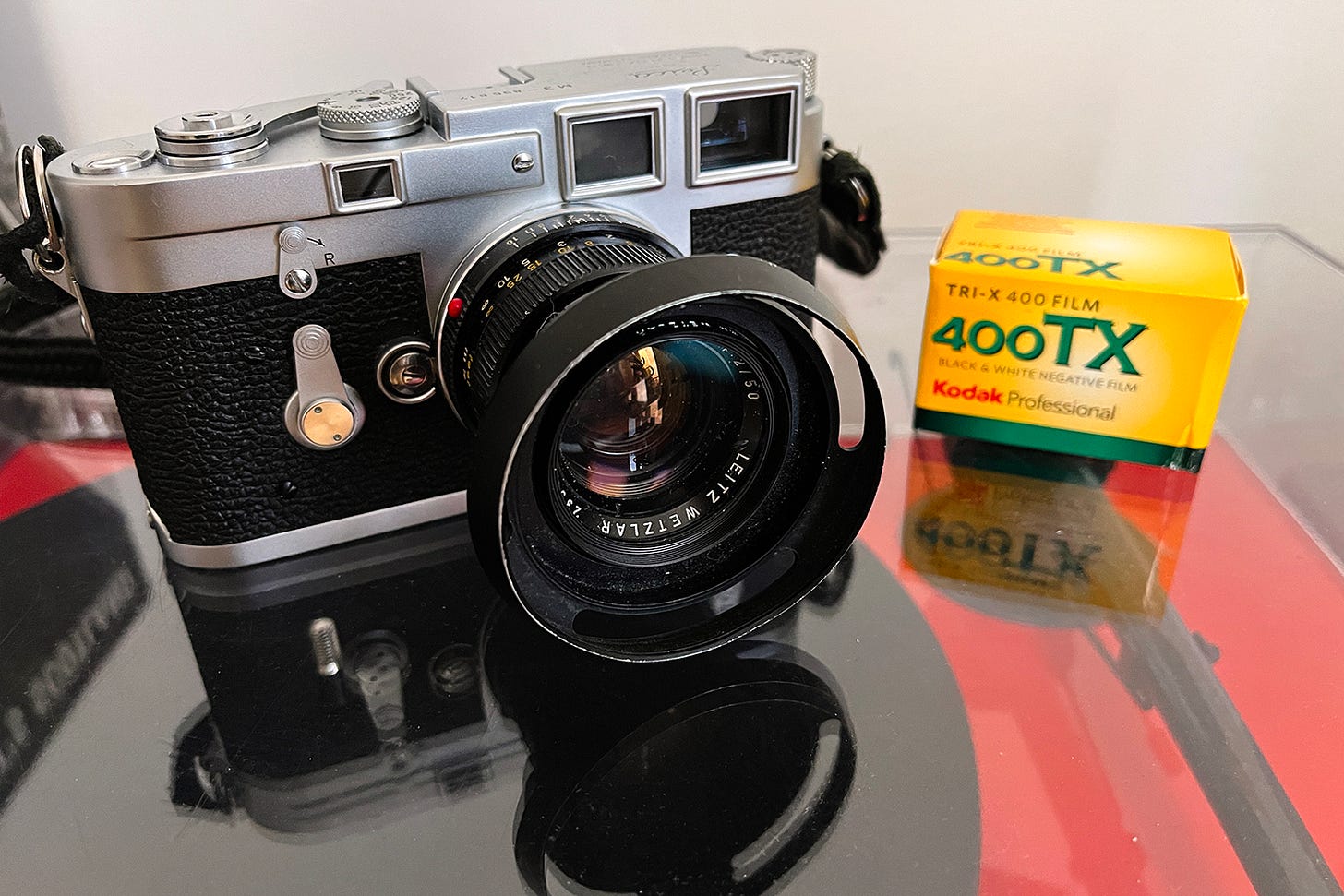
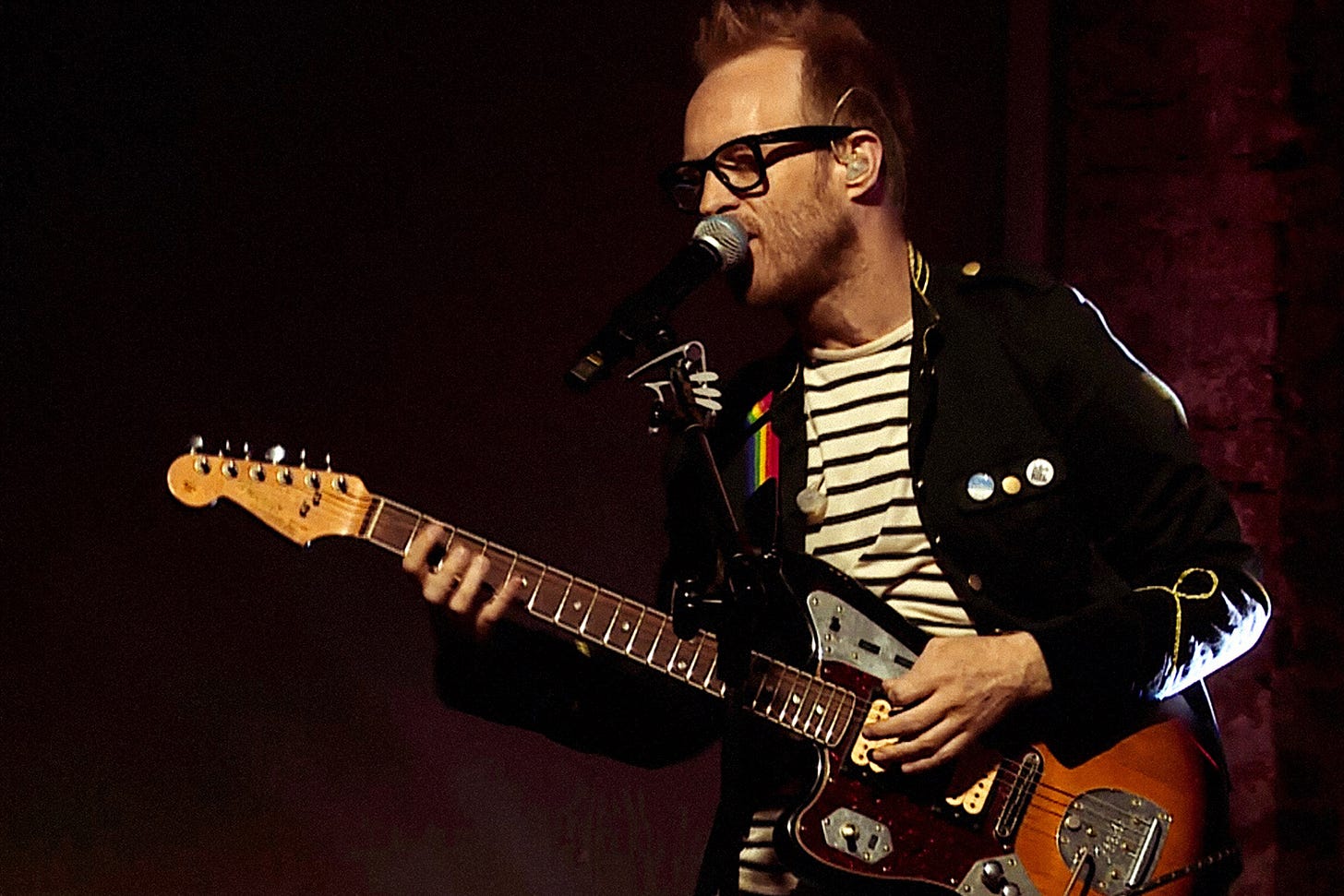


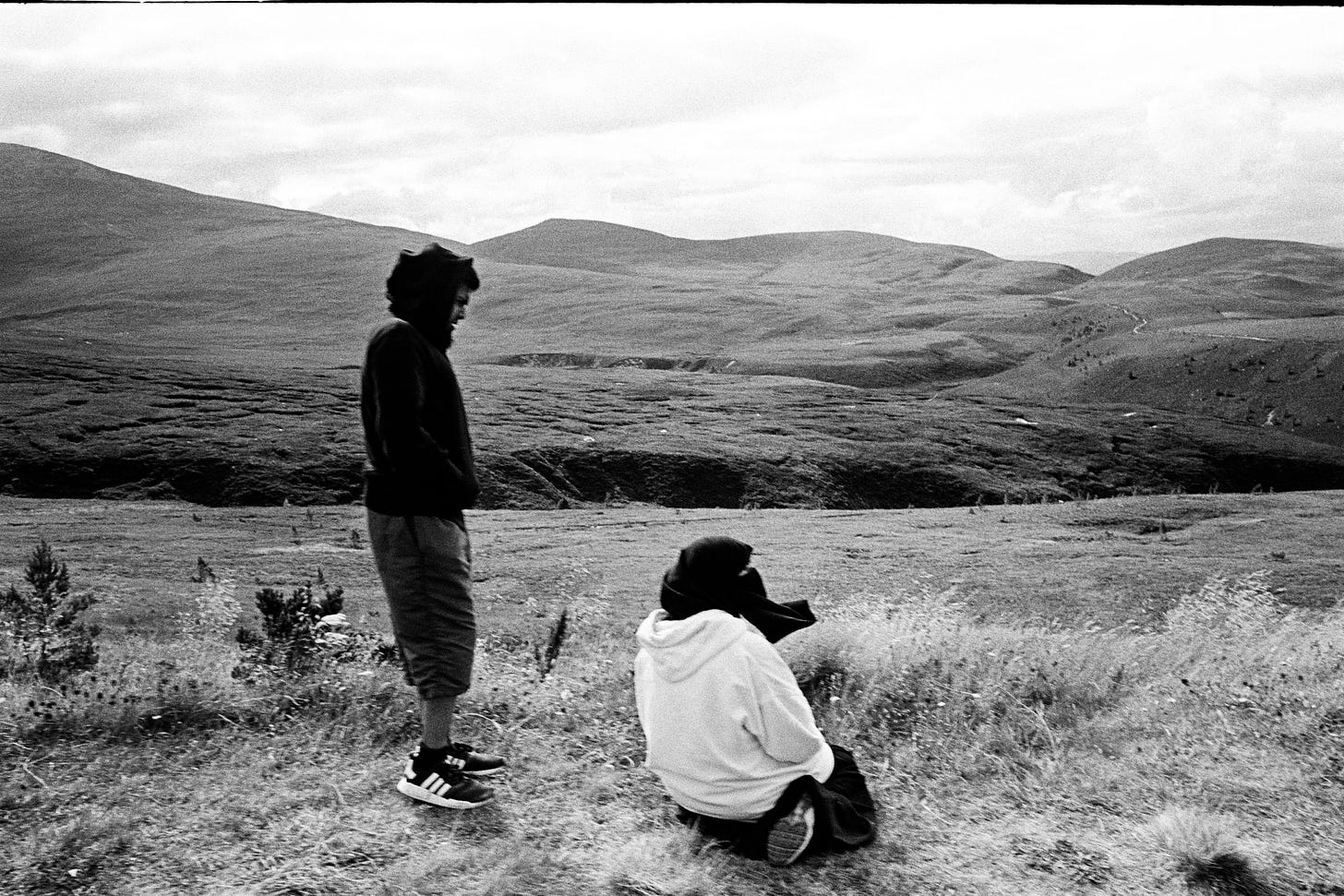
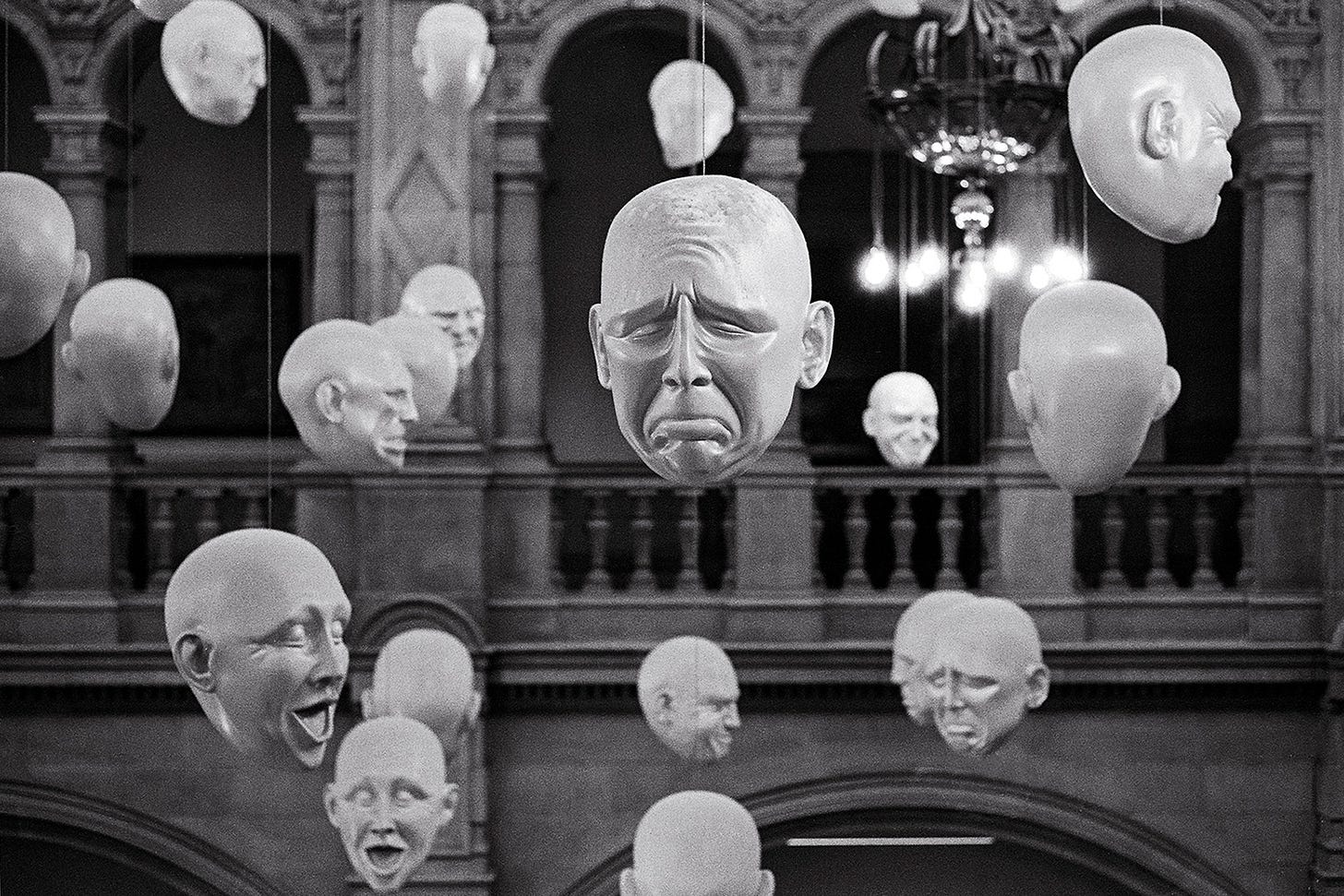

I don't know how my name got dragged into it, but great article nonetheless... 😏
A very interesting article. I agree the key to good documentary street photography is to be “in the zone “ and I believe your observational skills are by far the most important attribute over photography technique and camera 👍